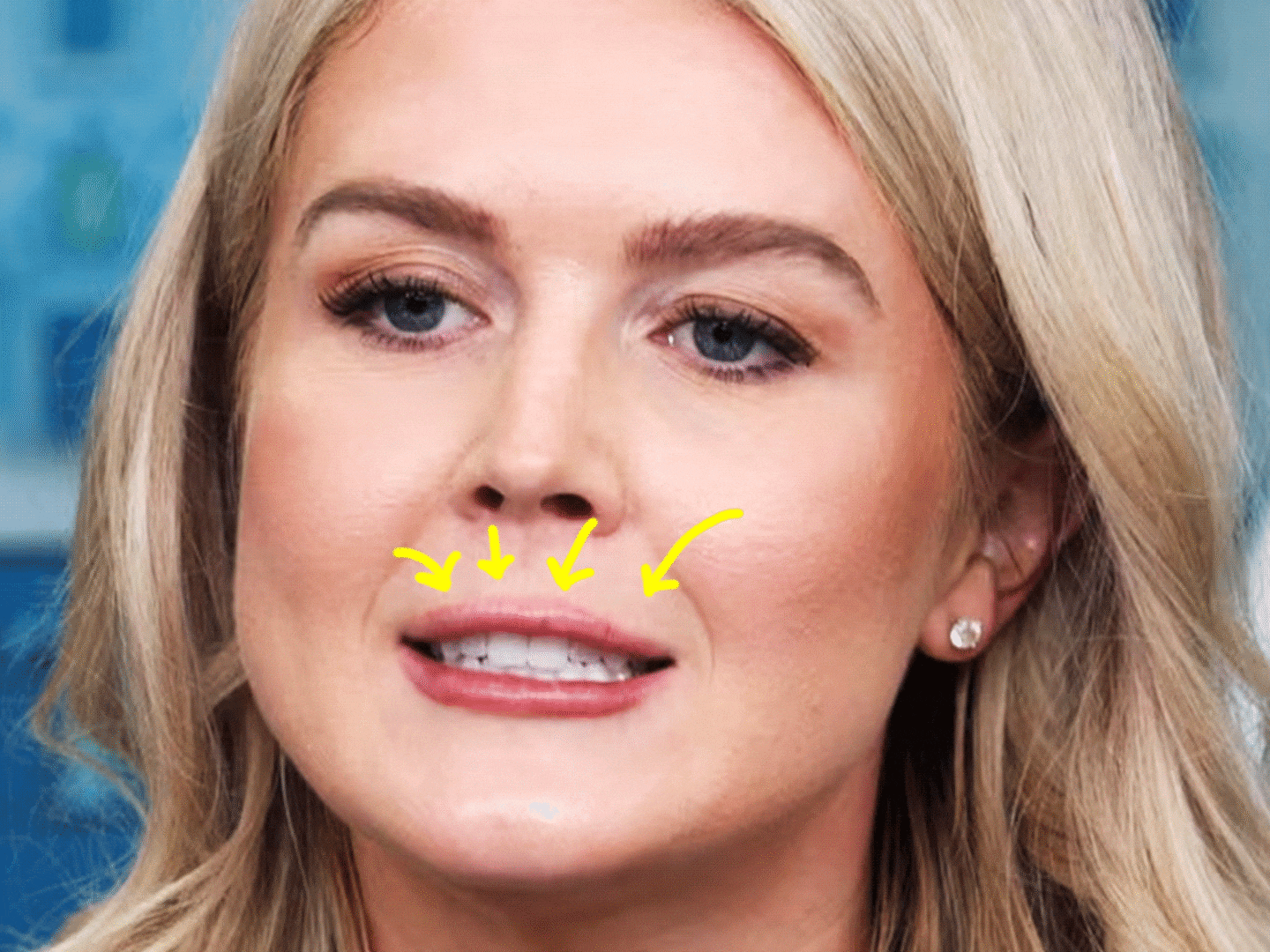Stepping outside has become a physical feat in itself across the United States, with stories coming out daily in the past week exploiting how cold it is. People have shot videos pouring out boiling water that instantly transformed into ice. In some parts of the country, wind chill temperatures have dipped far enough to make Mars seem balmy. It’s been deadly, and in the next couple days, the east coast is going to get pummeled by a so-called “winter hurricane.”
But the reason why the United States has been plunged into what seems like a giant freezer is far more complicated than what a certain tweet suggests. Marlene Kretschmer is a scientist at the Potsdam Institute for Climate Impact Research. She focuses on the polar vortex and climate change and explained to The Daily Beast that we should actually be nicer to the polar vortex.
Kretschmer said the polar vortex is true to its name. “It’s a band of very fast winds circling the Arctic in a westerly flow,” she said. “The vortex acts as a barrier and isolates the cold Arctic air inside from mixing with warmer lower-latitudinal air.” In essence, a polar vortex is usually a good thing by keeping the bitter Arctic cold from escaping out.
But sometimes, this usual steadfast system fails. If the vortex weakens, that intensely cold winter air can escape the vortex and head south towards the United States. And lo and behold, we have the windy, tear-inducing deep freeze that Americans are suffering with.
Kretschmer’s research focuses on what exactly causes these “cold air outbreaks” and how climate change might play a role in their creation. “We found that the stratospheric polar vortex—a second vortex which only forms in winter during the polar night and is located high up in the stratosphere at heights from approximately 10 to 50 km) has weakened over the last decades,” Kretschmer said. That weakening has made winters colder for those in northern Eurasia.
And what makes the stratospheric polar vortex weaker? It seems like it’s linked to sea ice loss in the Barents and Kara seas—the melting of which is, of course, due to human induced global warming.
That said, Kretschmer emphasized that it’s not really unusual to have “cold spells” like the one we’re going through right now, especially in the northeastern corridor of the United States and in the northern reaches of Asia. And while this of course makes the argument of global warming seem crazy to some people, it's not reflective of the general trend of the world heating up at what Kretschmer described as “alarming rates.” Kretschmer also warned against blanket blaming the teeth-chattering weather patterns to global warming, saying that it takes time for meteorologists to figure out whether these incidents are climate change related or pressure anomalies from the Tropics or Arctic.
Until then, it might be safe to say we’re in for more colder weather—and that maybe we shouldn’t hate on the polar vortex so much.





